One of Australia’s leading experts in communicable diseases says cruise can now return safely with new health protocols – even before the vaccine program is completed.
Dr Ian Norton told Cruise Passenger: “As long as we cruise within the Australian bubble with Australian passengers, stopping at Australian ports, the risks of contracting COVID-19 virus has dropped significantly.
“Honestly, we have managed the health risks remarkably well. The risks of community transmission is very low. Today, it is not a problem.”
Dr Norton is the founder and managing director of Respond Global. He was head of WHO’s Emergency Medical Team Initiative in Geneva from 2014 to 2020 where he led responses to the Ebola, diphtheria and measles outbreaks in various countries.
He is also an external expert advising several cruise lines on their health and safety protocols. The lines include Coral Expeditions, Ponant, Aurora Expeditions, APT, MSC and P&O Carnival.
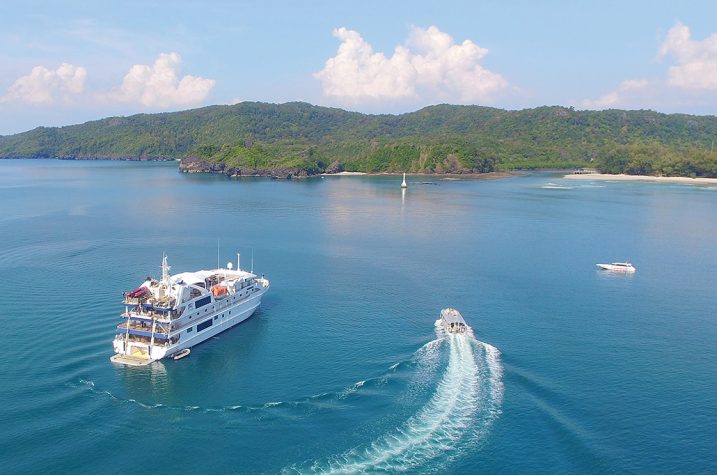
Dr Norton said there was no need to wait for the vaccine rollout to be completed, so long as the protocols were adhered to sailing vessels in Australian waters with Australian crews.
“We will never be in a position where all Australians are vaccinated because children in Australia are not vaccinated,” he explained.
Coral Expeditions has been cruising safely in Australian waters for months because it has successfully introduced strict health protocols and screening for all passengers and crew members.
Even MSC Cruises has been sailing safely in the Mediterranean, accommodating more than 60,000 cruise passengers since July. MSC has introduced strict health protocols including testing all passengers three days before they board, testing them again when they board the ship and three days into their cruise.
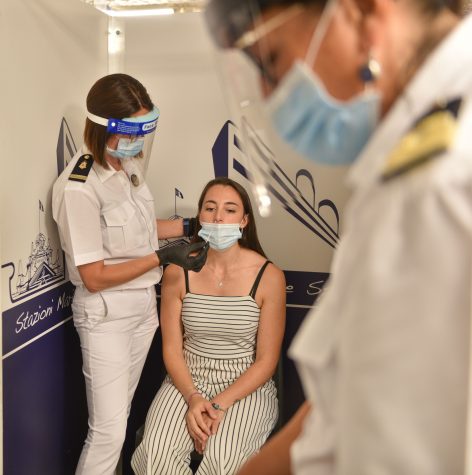
With the opening of the Trans-Tasman bubble, Dr Norton does not see any problems for cruise ships to sail to New Zealand, as long as the vessel is COVID-free and all passengers and crew have been tested.
He maintained it does not matter if the cruise line is an international brand or Australian-flagged for the ship to cruise safely around Australia.
Dr Norton was speaking as six cruise lines await a decision on whether foreign flagged vessels will be able to sail a Kimberley season this year.
The season starts next month, and APT, Ponant, Scenic, Silversea and Aurora Expeditions have all announced sailings which they maintain have been selling well. But Federal and state governments have so far not given any guidance as to whether they will give permission.
Scenic, which has announced plans to sail the luxury discovery yacht Eclipse in the Kimberley, is one of the lines anxiously waiting for the go-ahead.
Group GM Anthony Laver said: “The Scenic Management team are continuing to work closely with the relevant Federal and State Government authorities and CLIA, to obtain the required regulatory approvals and permits, to safely operate Scenic Eclipse in The Kimberley region.
“Whilst there have not been any further formal updates from the key authorities on the timing for the staged resumption of cruising in Australian waters (for foreign flagged vessels), we are continuing to closely monitor the situation. The Federal Department of Health is currently providing Biosecurity Act information as part of their media release, dated 3 March 2021 as follows:
“In particular, the Australian Government continues to work closely with state and territory agencies, national health committees and the cruise industry to develop a framework for the staged resumption of cruise ships in a manner that is proportionate to the public health risk”.
The Kimberley will be a critical test for the cruise industry, which is pressing hard for a resumption of phased sailings, moving from the current 150 passenger-and-crew limit to more as journeys are safely completed.
Currently, the Northern Territory has limited the total number of passengers and crew to 150 for a cruise ship to sail its coastline and there cannot be more than two ships in port at the same time. Excursions in the NT have also been confined to the historical sites only without any interaction with local guides and the indigenous community.
“The 150 people limit is very low and not viable for many expedition and smaller cruise lines. But it is a window of hope. I think the number of passengers should be increased to 250 and eventually to 1000 to cruise safely in Australia,” said Dr Norton.
Australia’s health authorities remain “very conservative” and would rather err on the side of caution.
Yet, train travellers can get on board The Ghan without being tested.
“There is less reasons for health authorities to keep the cruise ban in place. We hope the current June 17 ban will be rescinded,” he said.




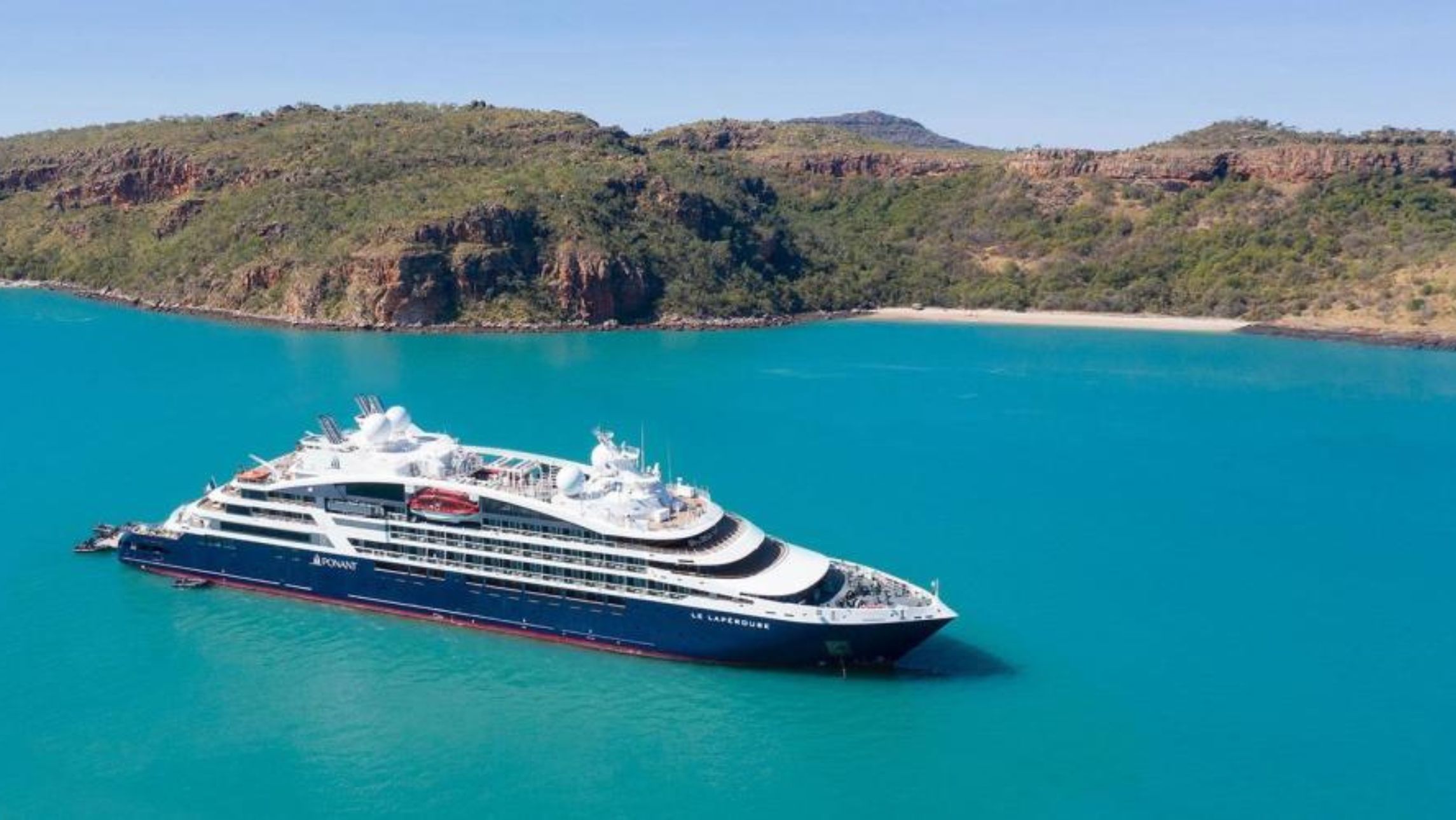
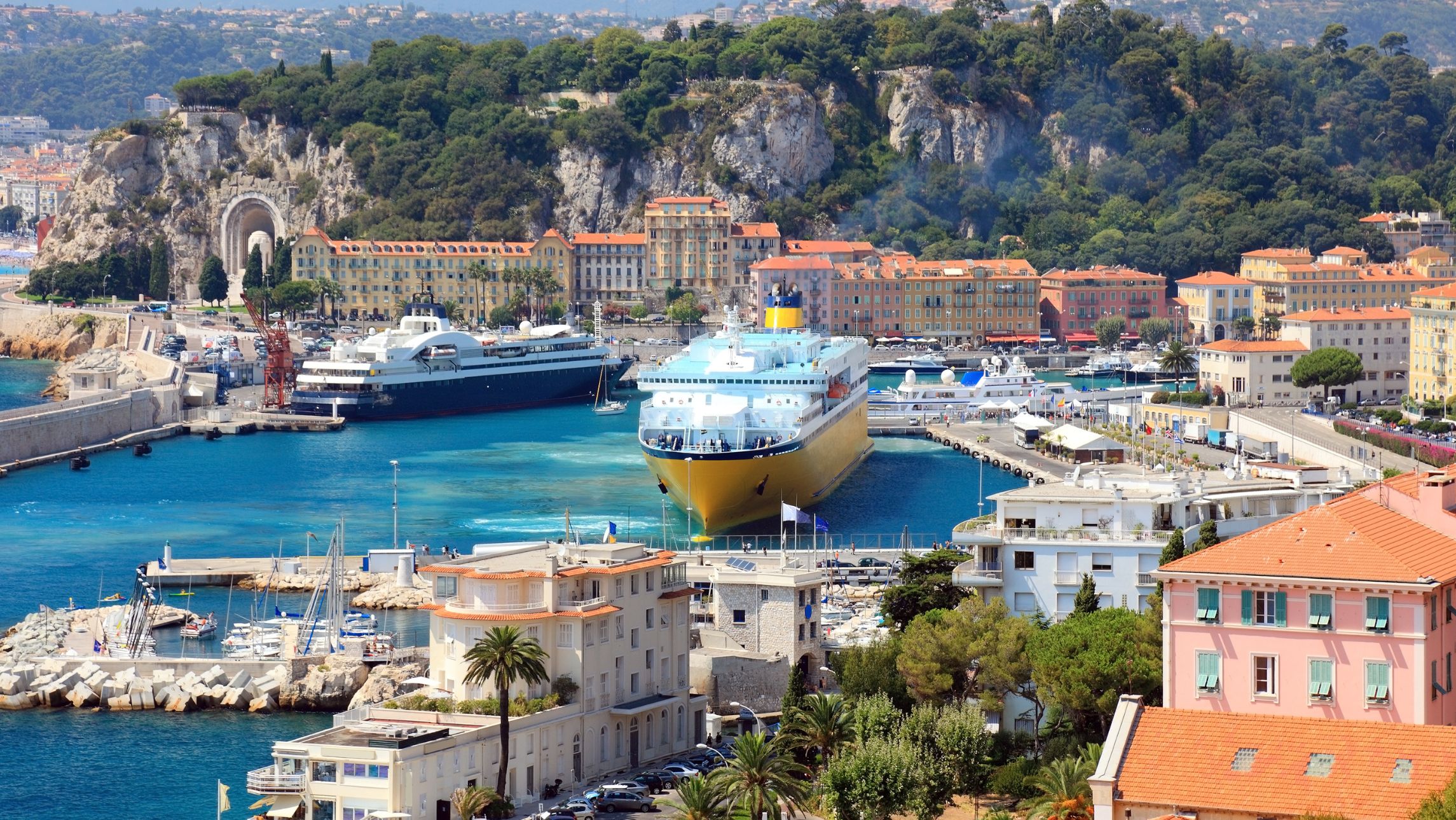
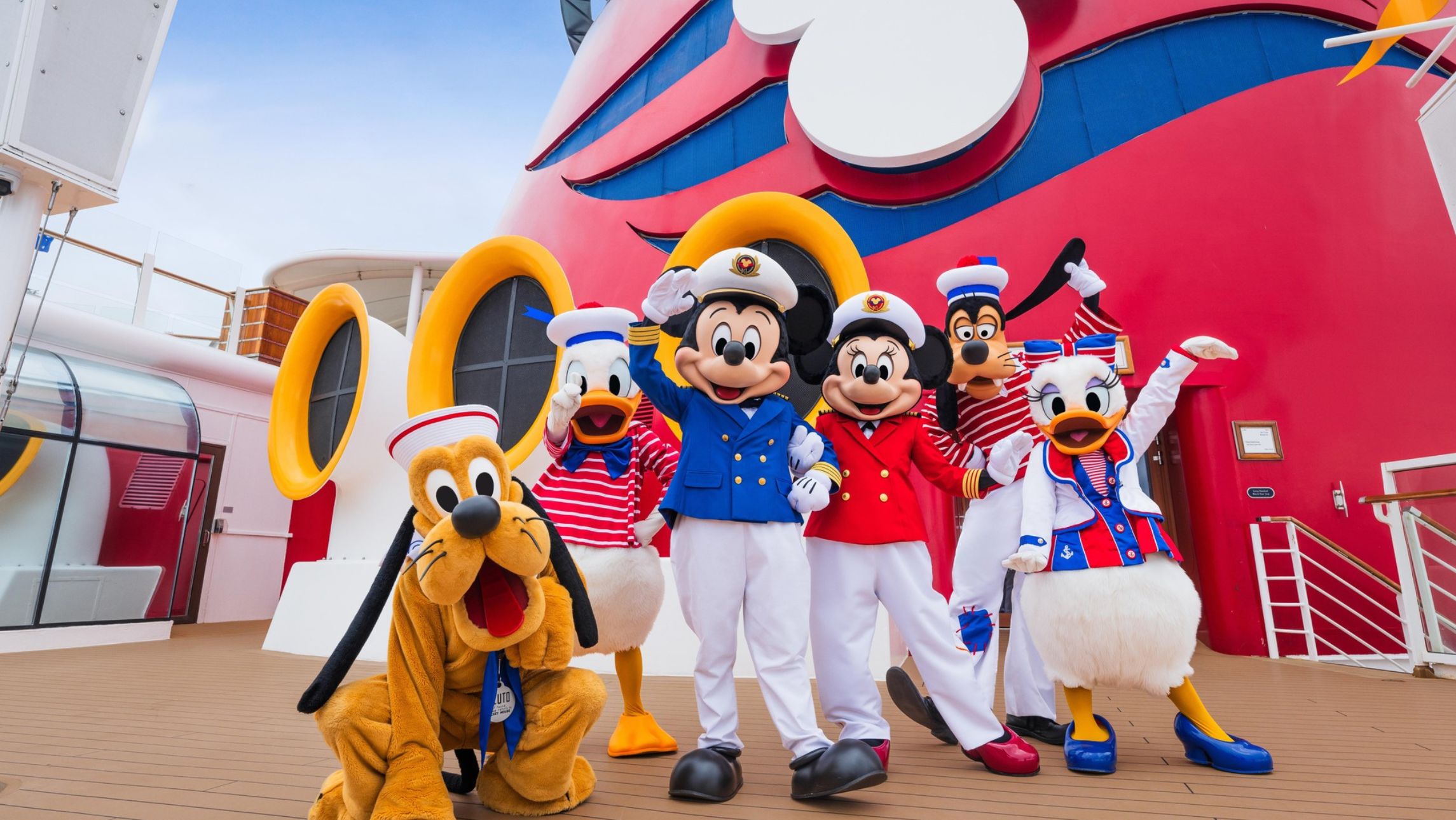



Finally, an expert who has reviewed the evidence. The AHPPC say that cruises with over 100 passengers present an ‘unacceptable health risk’ but refuse to publish the studies that have been done since introduction of safety protocols after the first outbreak. Whilst the rest of the world resumes cruising, there are 18,000 of us cruise workers relying on ScoMo to open up cruising again so we can get back to work. What’s happened to all that taxpayer money that went into the Brisbane International Cruise Port?